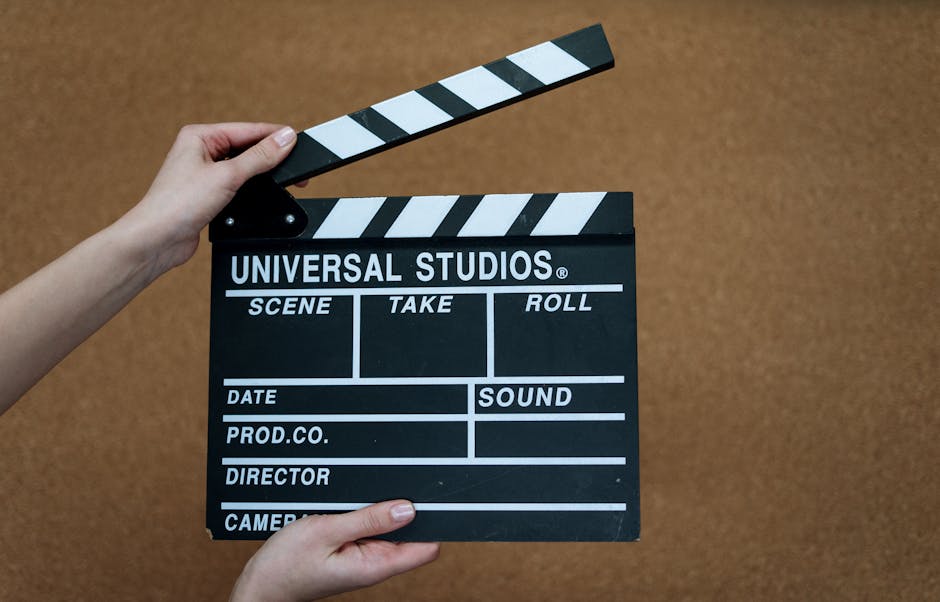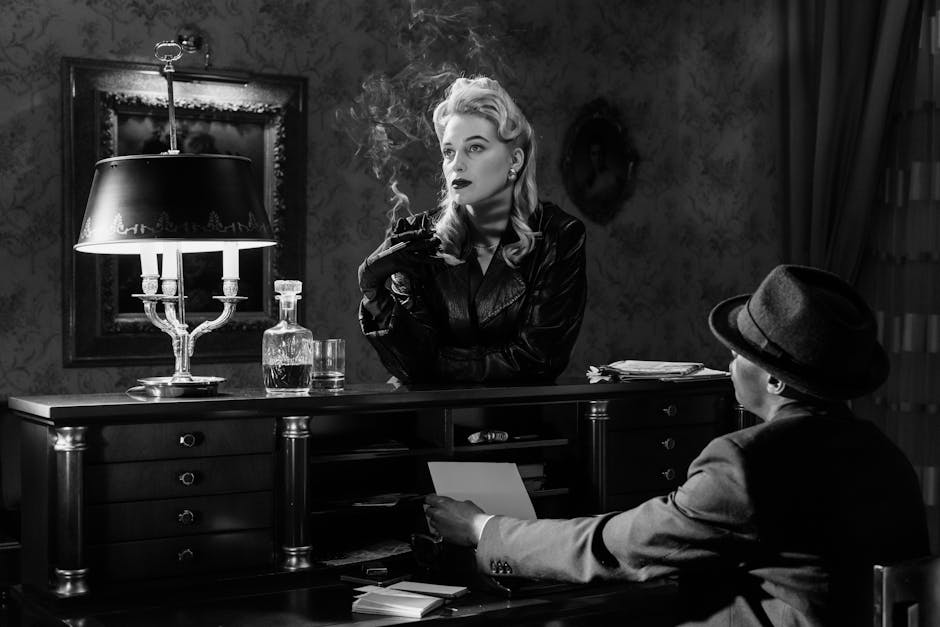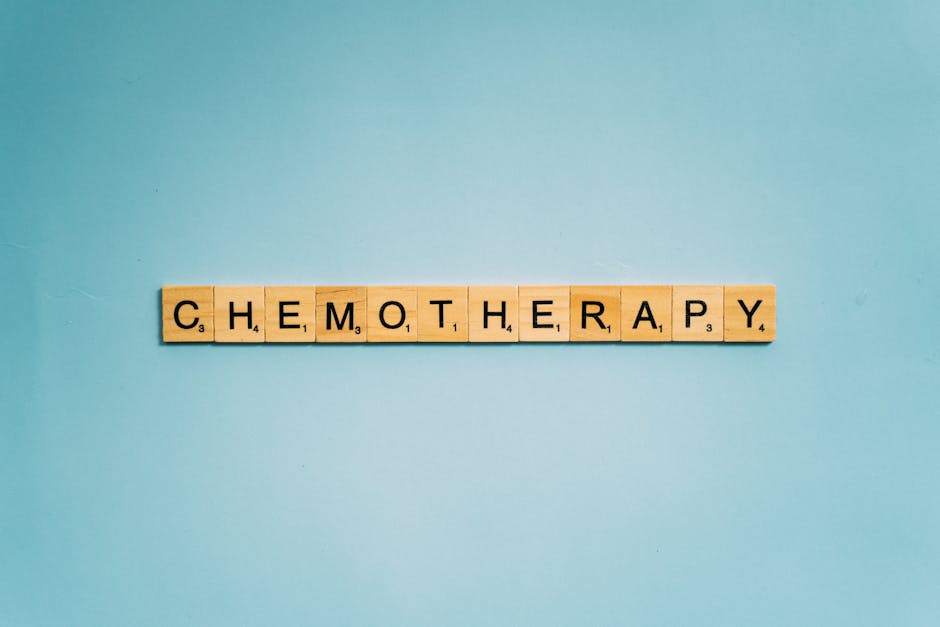For anyone who spent the 2010s glued to YouTube for honest, passionate film reviews, the name Chris Stuckmann is legendary. From his iconic red couch, he became one of the internet’s most trusted voices in film criticism. Now, the critic has become the creator, and his highly-anticipated directorial debut, ‘Shelby Oaks’, is proving to be one of the most talked-about horror films of the year. We sat down with ‘Shelby Oaks’ director Chris Stuckmann to unpack his journey, the film’s unique aesthetic, and of course, that jaw-dropping final scene.
Chris Stuckmann: From YouTube Film Critic to ‘Shelby Oaks’ Director
The journey from YouTube reviewer to feature film director is the kind of underdog story audiences love. Chris Stuckmann’s transition wasn’t just a career change; it was a leap of faith, built on a Kickstarter campaign that shattered records and proved his massive online following was ready to support his creative vision.
“It’s surreal,” Stuckmann admits, reflecting on his YouTube origins. “For years, I was analysing the work of directors I admired, breaking down what worked and what didn’t. To be on the other side of the camera, making those decisions myself, is both terrifying and the most fulfilling thing I’ve ever done.” He doesn’t shy away from his past, viewing it as an invaluable film school. “Every review, every analysis, was a lesson. It taught me the language of film and, most importantly, what resonates with an audience.”
Shooting on 2000s Camcorders: The Authentic ‘Shelby Oaks’ Aesthetic
One of the most striking elements of ‘Shelby Oaks’ is its distinct visual style. The film, which follows a woman’s search for her long-lost sister amidst a paranormal investigation from the early 2000s, was shot using actual camcorders from that era. This isn’t a digital filter; it’s authentic, grainy, standard-definition footage from Hi8 and MiniDV cameras.
For Stuckmann, this choice was crucial for authenticity. “The story is rooted in that specific time period of early internet ghost hunting and paranormal reality TV,” he explains. “Using the technology of the time—the 2000s camcorders—was essential. It’s not just a filter; it’s a texture. The way the light bleeds, the way the image glitches… it creates a sense of found-footage dread without being strictly found-footage. It blurs the line between a cinematic film and a cursed home video you shouldn’t be watching.” This masterstroke in world-building transports the audience directly into the unsettling, pre-HD world of the story, making the horror feel terrifyingly real.
Explaining the Horrific ‘Shelby Oaks’ Ending
Now for the part that has audiences buzzing, debating, and likely losing sleep: the ‘Shelby Oaks’ ending. Without giving away major spoilers, the final moments are a deliberate, haunting gut-punch. It’s not a neat conclusion wrapped with a bow; it’s an ambiguous, terrifying final note that leaves viewers with more questions than answers.
Stuckmann knew this would be a divisive choice. “Horror, for me, is most effective when it crawls under your skin and stays there long after you leave the cinema,” he says. “I didn’t want to explain everything away. The fear of the unknown is the most powerful tool a horror filmmaker has. The ending is designed to make you feel what the characters are feeling: a profound sense of dread and uncertainty.”
He succeeded. The horrific ending is a bold statement from a first-time director, prioritizing lingering atmospheric terror over a clean resolution. It’s the kind of conclusion that sparks endless fan theories and cements the film as a memorable, must-see experience. From a red couch in Ohio to the director’s chair, Chris Stuckmann has arrived, and he’s not afraid to leave his audience shaken.




